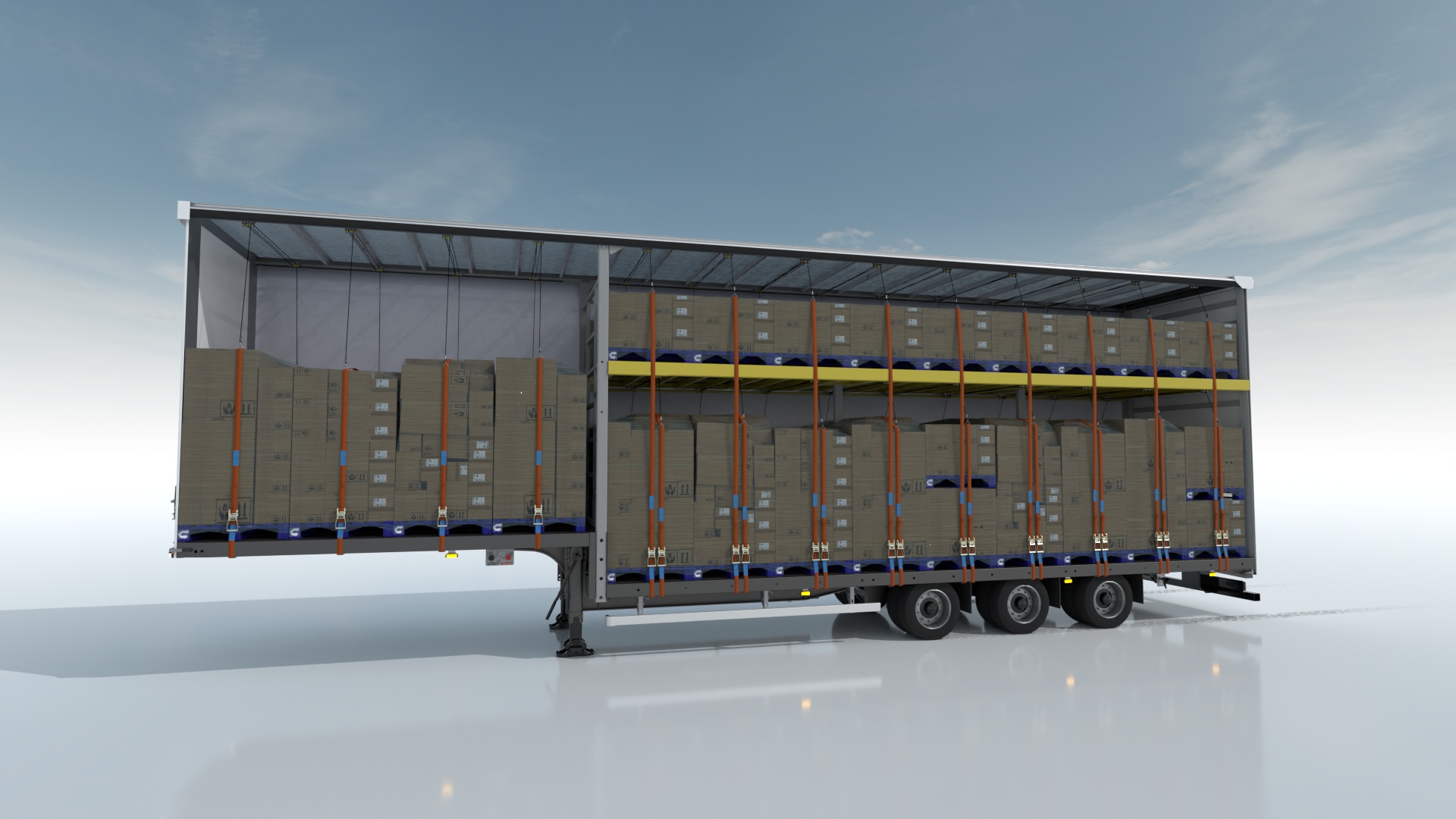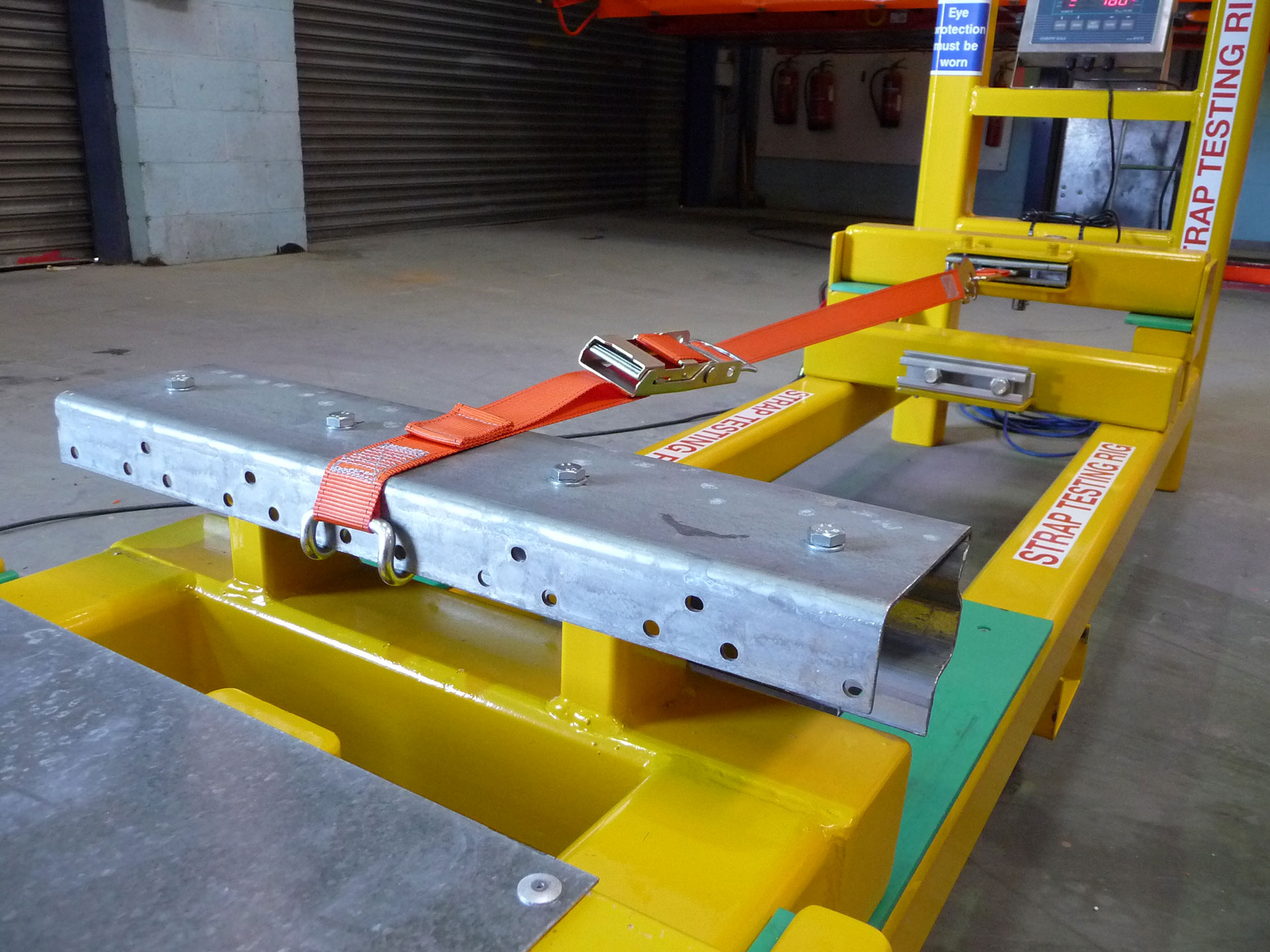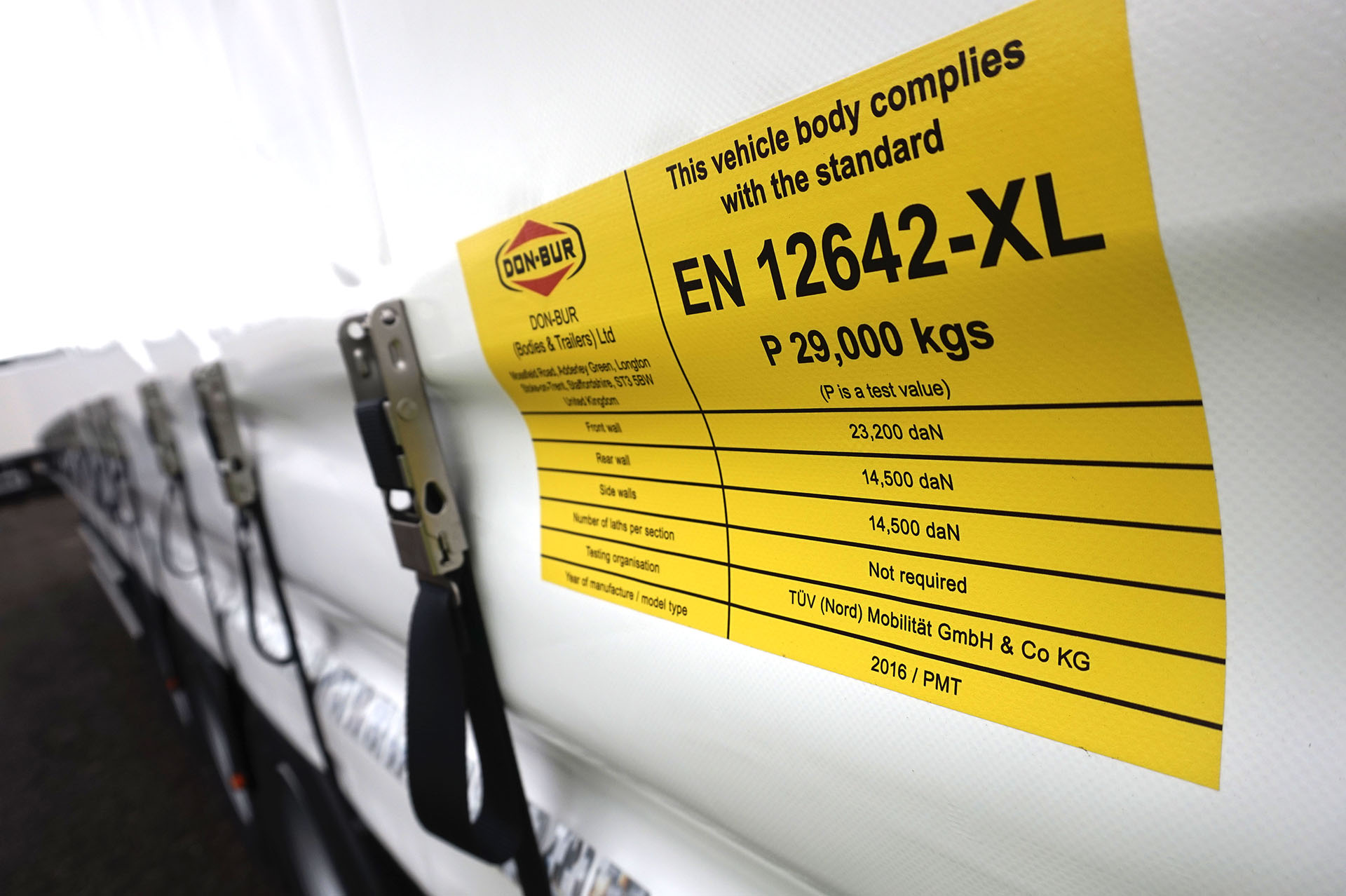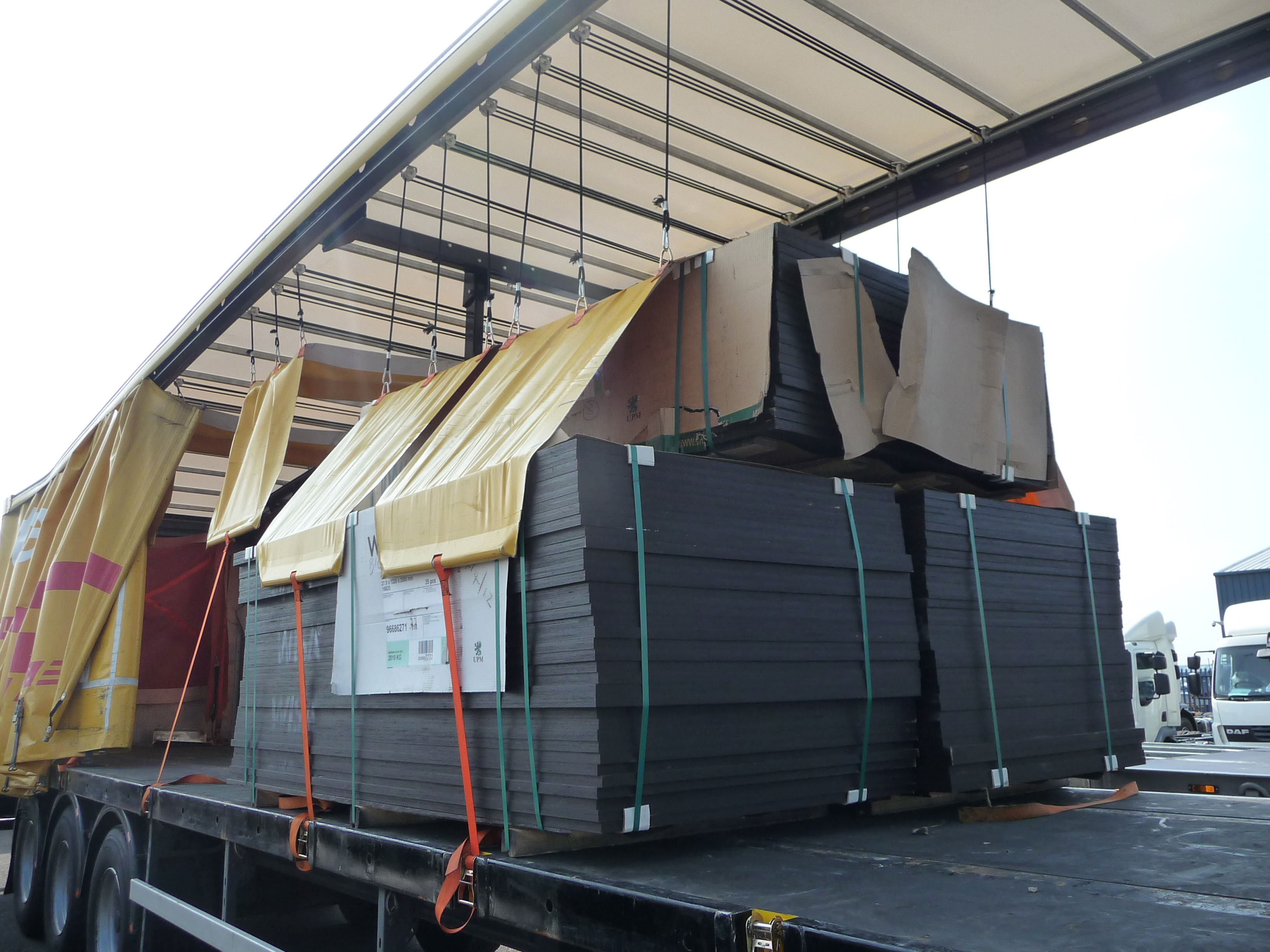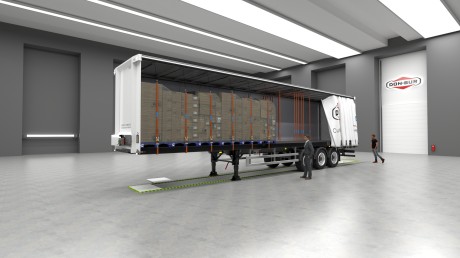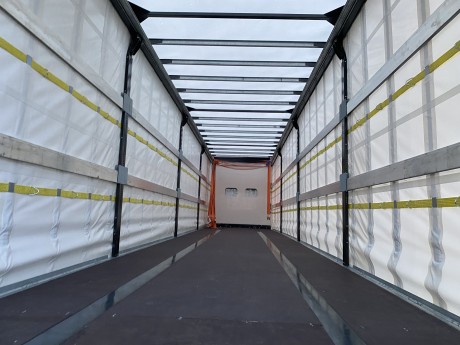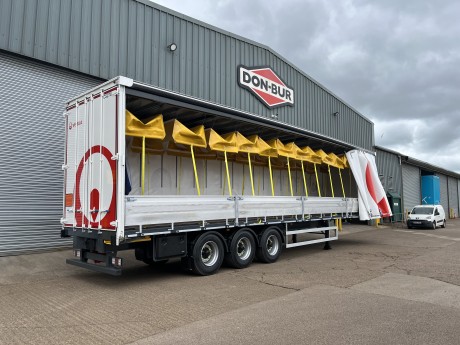Load restraint is perhaps one of the most discussed topics in the industry and getting it right is one of the trickiest challenges you'll have to cover.
First and foremost, operators have legal obligations laid out in (but not exhaustively) The Road Traffic Act 1988 and Regulation 100 of the Road Vehicles (Construction & Use) Regulations 1986 but these are quite generic.
In an operators holistic efforts to meet their legal expectations, they should abide by best practice in order to comply with DVSA expectations. Roadside enforcement will assess compliance against this best practice and may choose to penalise operators/drivers in accord with the severity of any defect (see categorisation of defects link at the base of this page).
Your primary source of information should be the digital guidance issued by the government titled "Securing loads on HGVs and goods vehicles" and a link to this guidance is provided below. This guidance has been generated by various stakeholders including the DVSA, HSE and other industry specialists.
This page contains key information and links designed to assist you, but if you have any questions not covered here, please contact us.
We’d love to hear from you – get in touch today!

